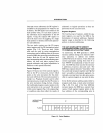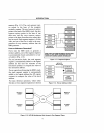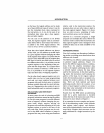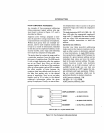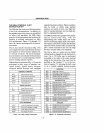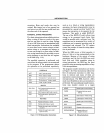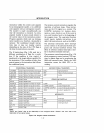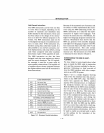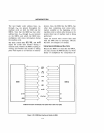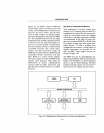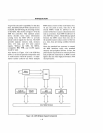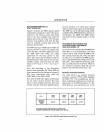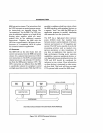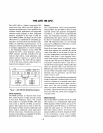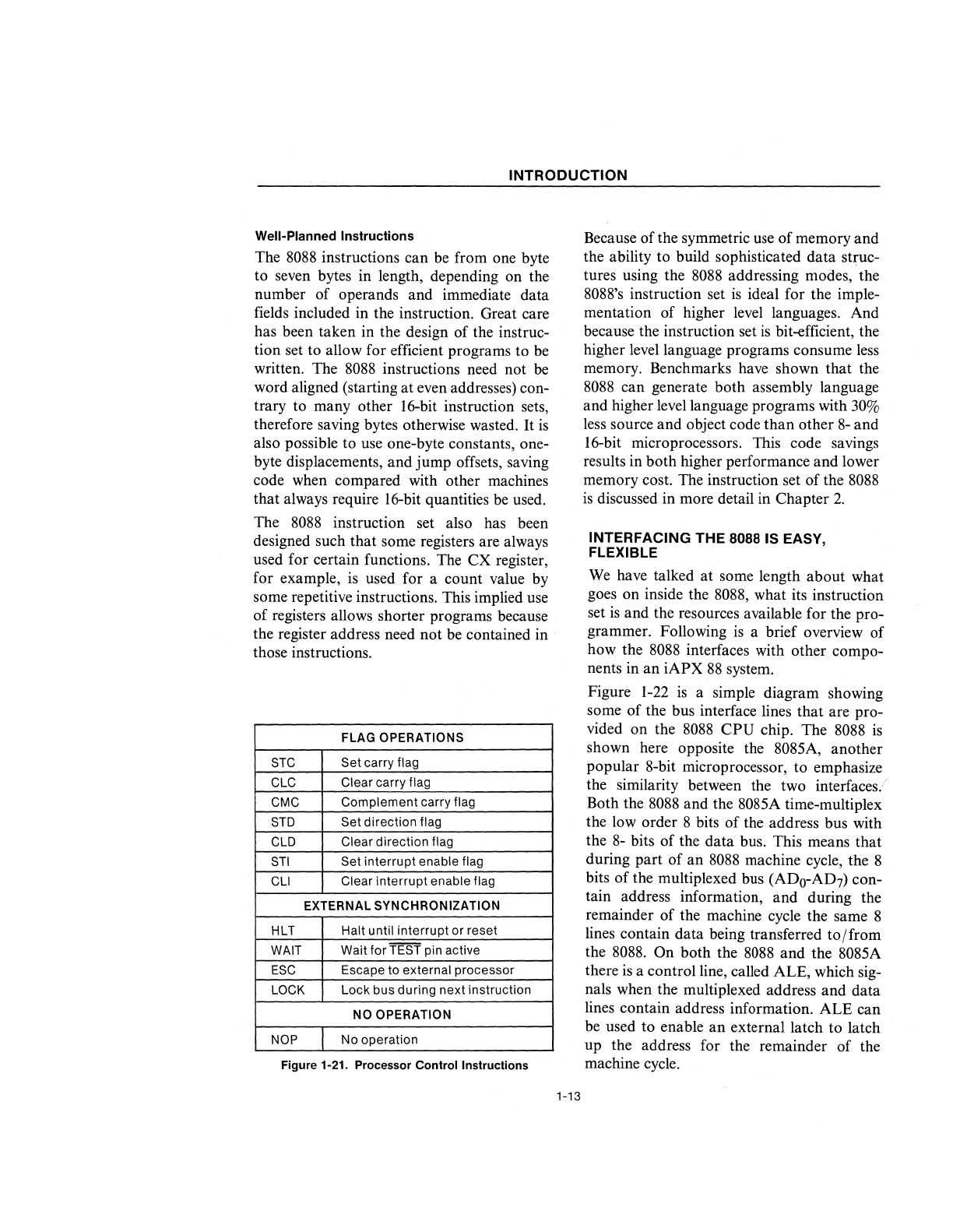
INTRODUCTION
Well-Planned Instructions
The
8088
instructions can be from one byte
to seven bytes in length, depending on the
number of operands and immediate data
fields included in the instruction. Great care
has been taken in the design of the instruc-
tion set to allow for efficient programs to be
written. The
8088
instructions need not
be
word aligned (starting
at
even addresses) con-
trary to many other 16-bit instruction sets,
therefore saving bytes otherwise wasted.
It
is
also possible to use one-byte constants, one-
byte displacements, and
jump
offsets, saving
code when compared with other machines
that always require 16-bit quantities
be
used.
The
8088
instruction set also has been
designed such that some registers are always
used for certain functions. The CX register,
for example, is used for a count value by
some repetitive instructions. This implied use
of registers allows shorter programs because
the register address need not be contained in
those instructions.
FLAG OPERATIONS
STC
Set carry flag
CLC
Clear carry flag
CMC
Complement
carry flag
STD
Set direction flag
CLD
Clear direction flag
STI
Set
interrupt
enable flag
CLI
Clear
interrupt
enable flag
EXTERNAL SYNCHRONIZATION
HLT
Halt until interrupt or reset
WAIT
Wait for TEST pin active
ESC
Escape to external processor
LOCK
Lock bus during
next
instruction
NO
OPERATION
NOP
No operation
Figure 1-21. Processor Control Instructions
1-13
Because of the symmetric use of memory and
the ability to build sophisticated
data
struc-
tures using the
8088
addressing modes, the
8088's instruction set
is
ideal for the imple-
mentation of higher level languages. And
because the instruction set
is
bit-efficient, the
higher level language programs consume less
memory. Benchmarks have shown that the
8088
can generate
both
assembly language
and higher level language programs with
30%
less source and object code
than
other
8-
and
l6-bit microprocessors. This code savings
results in both higher performance and lower
memory cost. The instruction set of the
8088
is
discussed in more detail in Chapter
2.
INTERFACING THE 8088 IS EASY,
FLEXIBLE
We
have talked
at
some length about what
goes on inside the 8088, what its instruction
set
is
and the resources available for the pro-
grammer. Following
is
a brief overview of
how the
8088
interfaces with other compo-
nents in
an
iAPX
88
system.
Figure
1-22
is
a simple diagram showing
some of the bus interface lines that are pro-
vided on the
8088
CPU
chip. The 8088
is
shown here opposite the 808SA, another
popular 8-bit microprocessor, to emphasize
the similarity between the two interfaces.
Both the
8088
and the 808SA time-multiplex
the low order 8 bits of the address bus with
the
8-
bits
of
the
data
bus. This means that
during part of an
8088
machine cycle, the 8
bits
of
the multiplexed bus (ADo-AD7) con-
tain address information,
and
during the
remainder of the machine cycle the same 8
lines contain data being transferred to
I from
the
8088.
On both the
8088
and the 808SA
there
is
a control line, called ALE, which sig-
nals when the multiplexed address and
data
lines contain address information.
ALE
can
be used to enable
an
external latch to latch
up the address for the remainder of the
machine cycle.



